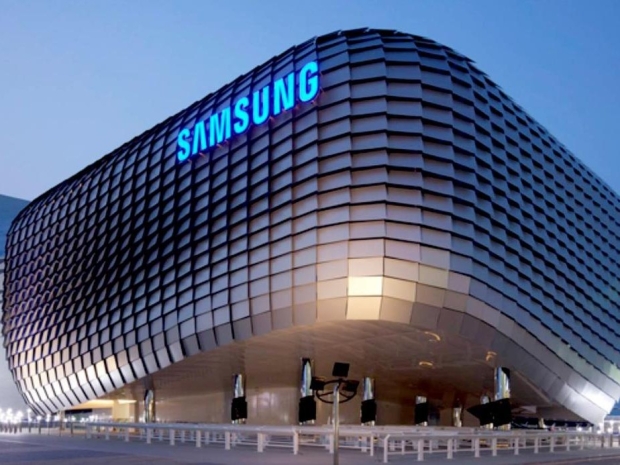If the rumours are true, the Galaxy S26 Ultra will use Qualcomm’s top-tier silicon across the board, killing any hope Samsung had of saving cash with its own gear.
The Korean giant would love to slash billions from its chipset bill by stuffing Exynos inside everything it sells. Sadly, that dream is still as fragile as its Exynos yields, which remain too low to make the Exynos 2600 a proper replacement. Qualcomm has also played its part in securing a chunky slice of Samsung’s business.
Samsung spent roughly $9 billion on chipsets in 2023. That figure was only going to rise as Qualcomm started charging richer prices for next-generation TSMC-made parts with in-house CPU cores. The Snapdragon 8 Elite Gen 5 costs about $280, depending on volume, which will force the Galaxy S26 Ultra's price up, while the cheaper models will be stuck with Exynos.
One leak on X claimed that Samsung cannot ditch Qualcomm even if it wanted to because a contract still binds the companies. Breaking it would mean a hefty penalty, which explains why Samsung keeps signing cheques for Snapdragon rather than gambling on its own silicon. The penalty amount was not revealed, but Samsung's continued payments to Qualcomm suggest the fine is uglier than the procurement bill.
The Exynos 2600’s low yields make everything worse and leave Samsung trapped in an awkward partnership that delivers performance at the cost of flexibility.
Qualcomm’s cutthroat tactics are nothing new. Its legendary survival instinct and pricing have earned it a reputation for greed (at least in the Tame Apple Press). The Fruity Cargo Cult Apple paid through the nose for Qualcomm 5G modems and then had to sling a royalty on top for using the company’s patented designs, which pushed Jobs’ Mob to develop the C1 baseband chip.
Qualcomm’s licensing deal with Job’s Mob ends in March 2027, which implies Samsung is locked in for years as well. Nothing stopped Samsung from ditching Snapdragon altogether and pouring everything into Exynos. History shows the company never mastered true self-sufficiency, which is precisely why Qualcomm keeps finding opportunities to cash in.

